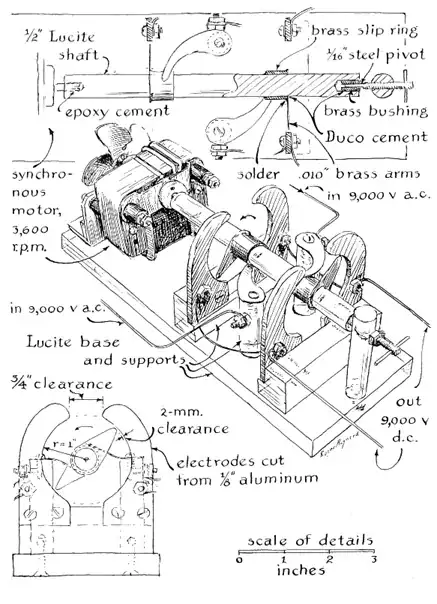First off, I am not aware that half-bridge circuits are always called synchronous rectifiers.
The way I understand it, synchronous rectifiers replace the traditional diodes in a half-wave or full wave bridge configuration with transistors (usually MOSFETs nowadays). These transistors are turned on and off synchronously with respect to the incoming AC or chopped DC waveform. This requires additional control circuitry.
The advantage here lies in the fact that the traditional diodes need ~0.7V across them to begin conducting. This 0.7 V represents a switching loss. MOSFETS can conduct with a few mV across them. Therefore synchronous rectifiers built with MOSFETS are more efficient than diode bridges, particularly when generating low voltages like 3.3 V or 1.8 V that a lot of digital systems operate at.
Synchronous rectifiers can be used in a half wave, full wave, or bridge configuration just like traditional diodes.
